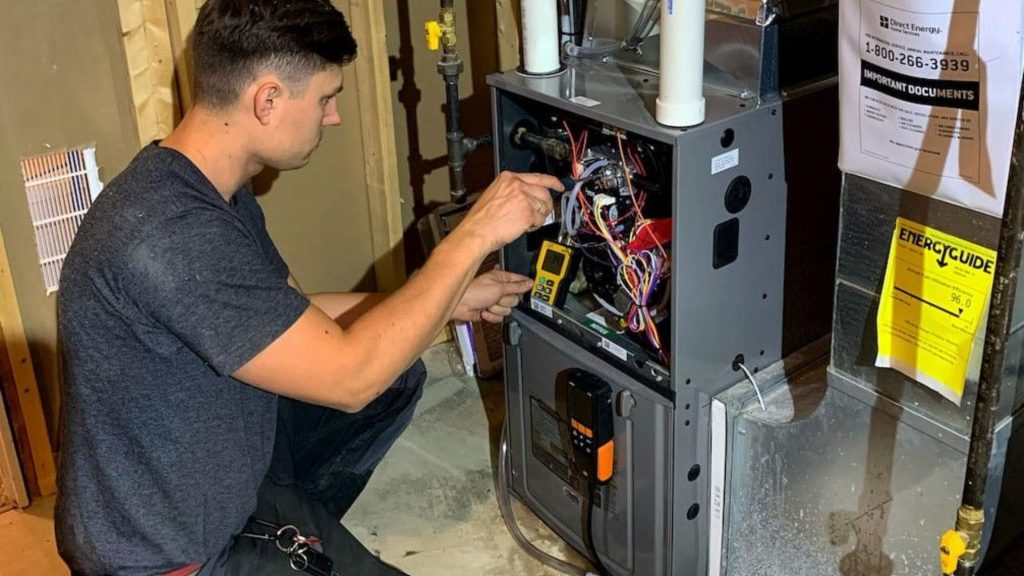As the temperatures continue to dip, the last thing you want to discover is that your furnace is not warming your home property. Unfortunately, many homeowners find themselves in this predicament and panic because they don’t know what to do or how to get their furnace up and running again. With a little understanding of some of the common furnace problems homeowners experience and how to solve them, you can set your mind at ease.
Regardless of the type of gas furnace you have, knowing the general components and how your heating system runs is essential when it comes to furnace troubleshooting. You don’t have to be an expert in HVAC systems, but it’s important that to know the basics so you know what to do in the event that your furnace is not working well.
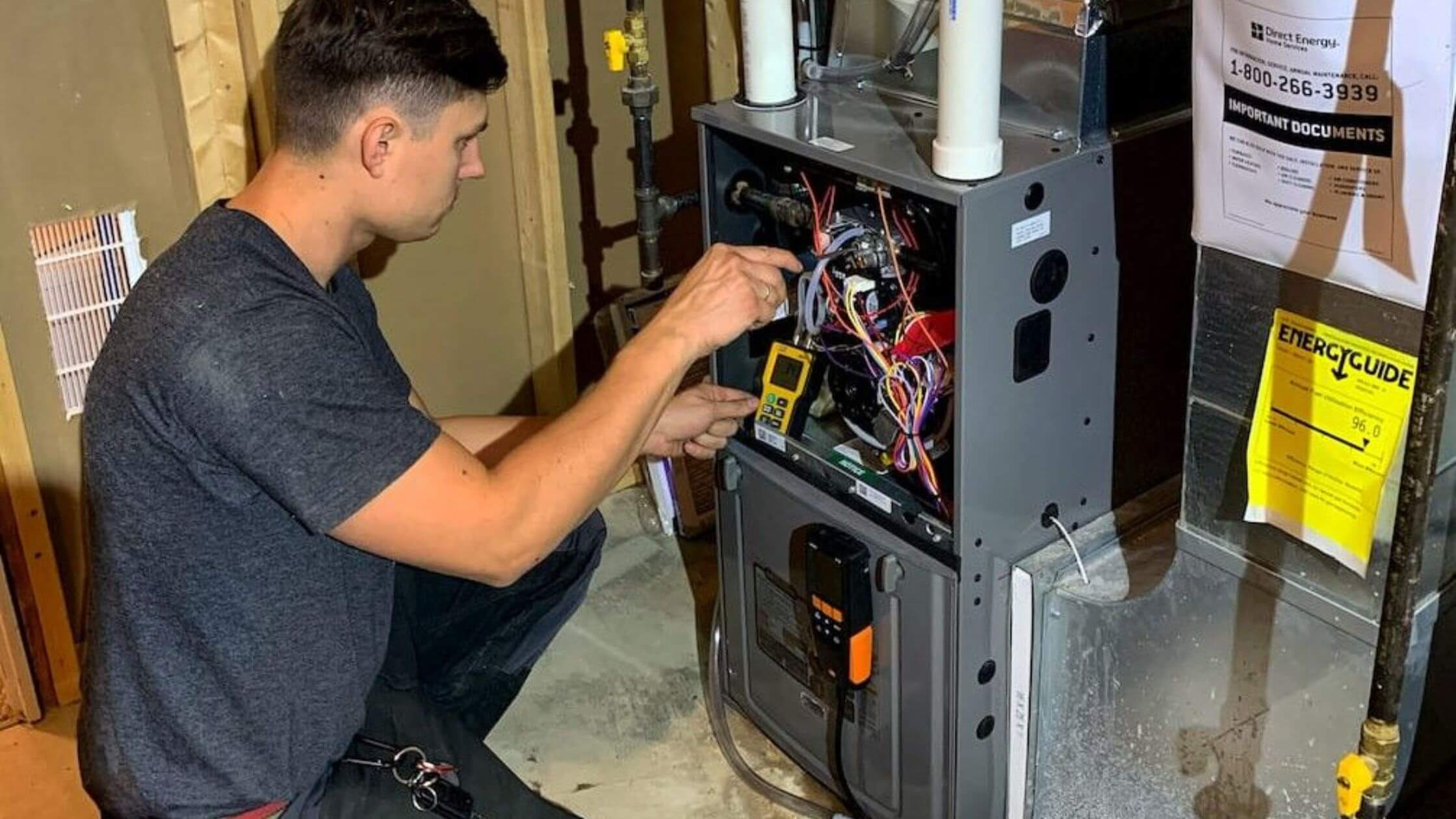
Furnace Leaking Water
One of the most common causes of leaking water is a condensation leak. The increase in high-efficiency furnaces – which use heat from combustion gases for a much longer time than standard-efficiency furnaces – causes the gases to cool, condense and then collect in the floor drain.
If you have a furnace that is leaking and it’s due to condensation, there are a number of ways you can address this issue:
- It could be that the condensation drain or tubing is clogged and needs to be cleaned out
- There is damage in the condensation line
- A problem with the condensate pump, if one is attached to your furnace.
While condensation leaks are a common problem with high-efficiency furnaces, if you have a condensation leak with a standard-efficiency furnace this likely means that your exhaust or flue pipe may be the wrong size for your furnace. Typically, you shouldn’t have a water leak issue with a standard-efficiency furnace. One of the ways to solve this is to call a technician experienced in troubleshooting furnaces.
Furnace Not Turning On
There are a number of reasons why your furnace won’t start.
- The Thermostat – the first thing you want to do is make sure that your thermostat is on and set to a temperature higher than the current temperature of your home. If the fan on the furnace does not turn on, check to see if an error code is displayed. If there is no error code, the problem could be with the gas line.
- Gas Line – you want to make sure that gas supply is flowing into the furnace is not compromised in any way. Examine the valve to ensure that gas is being fed into the furnace.
- Furnace Switch Turned Off – make sure that the switch inside the furnace has not been accidentally turned off. When it’s off, the furnace won’t work at all.
- Dirty Air Filter – the air filter of your furnace needs to be changed periodically. Whenever the air filter is clogged, it will prevent the furnace from turning on.
- Issue with The Pilot Light – the ignition sensor or pilot light is what causes your furnace to ignite. A problem with this feature will be evident if you did not hear the click sound of your furnace fan firing up.
Check Your Thermostat to Make Sure It’s ON
You may assume that your thermostat is on but find yourself mistaken. Always make sure that the thermostat is set to the “ON” position. Then also make sure that it is set at the appropriate setting e.g. “Heat”.
Another good way to make sure that your thermostat is effective by turning up the temperature on your thermostat and listening for a clicking sound. If you don’t hear a clicking sound as you raise the temperature, that means that the furnace is not responding to the thermostat and likely needs to be replaced.
Furnace Is Not Producing Heat
Another common issue experienced with furnaces is the furnace not heating the home. Blowing cold air could be caused by a number of factors. So a good way to start troubleshooting this issue is by making sure the heat registers are open. These may get accidentally turned off, particularly if you have young children in the house. When heat registers are closed, it causes the furnace to automatically shut down.
If the heat registers are not the issue, check the thermostat settings and confirm that the fan is set to “Auto” and that the thermostat is set to “Heat” and not “Cool”. That thermostat needs to be set to a higher temperature than the room temperature to trigger the furnace heat sensor.
If the thermostat is set correctly, the next thing you should look into is seeing if your furnace is receiving enough power. Check batteries, furnace fuses and circuit breakers and make sure that the interior components are clean and clear of dust and debris. Also check the furnace power supply to ensure that it is getting enough power. Then reset the furnace by pressing the reset button.
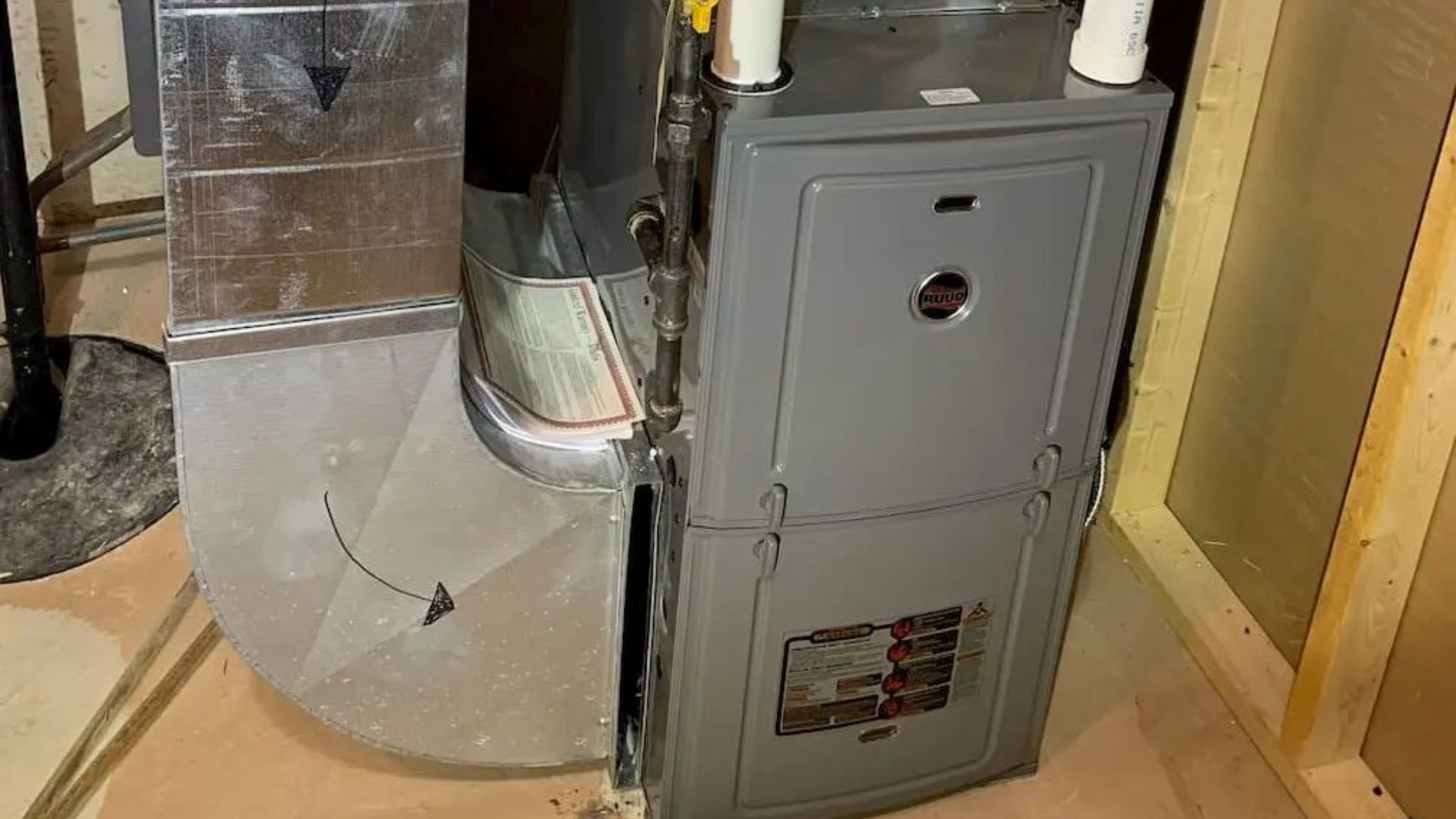
Furnace Is Not Producing Enough Heat
Dirty filters are often the culprit when it comes to a furnace not emitting enough heat. This is because dust can restrict the airflow. If you notice that the heating is not working properly, simply replace the air filter. The owner’s manual to find out where the air filter is on your furnace and how to remove it.
Keep the Area Around Your Furnace Clean
One of the important things to keep in mind about your furnace is maintaining the safety of your family by making sure you keep the area surrounding your furnace clean. This also involves making sure that the area is clean and clear of any combustibles like gasoline or paint.
Always remember to keep the area free of dust and debris by vacuuming as often as necessary and wiping down your furnace and the surrounding area. Another thing you want to do is keep the area clear of anything that could be a fire hazard. Some homeowners use the same area for a furnace room and a laundry space as well. If you do this, be sure not to hang any clothes over your furnace to dry.
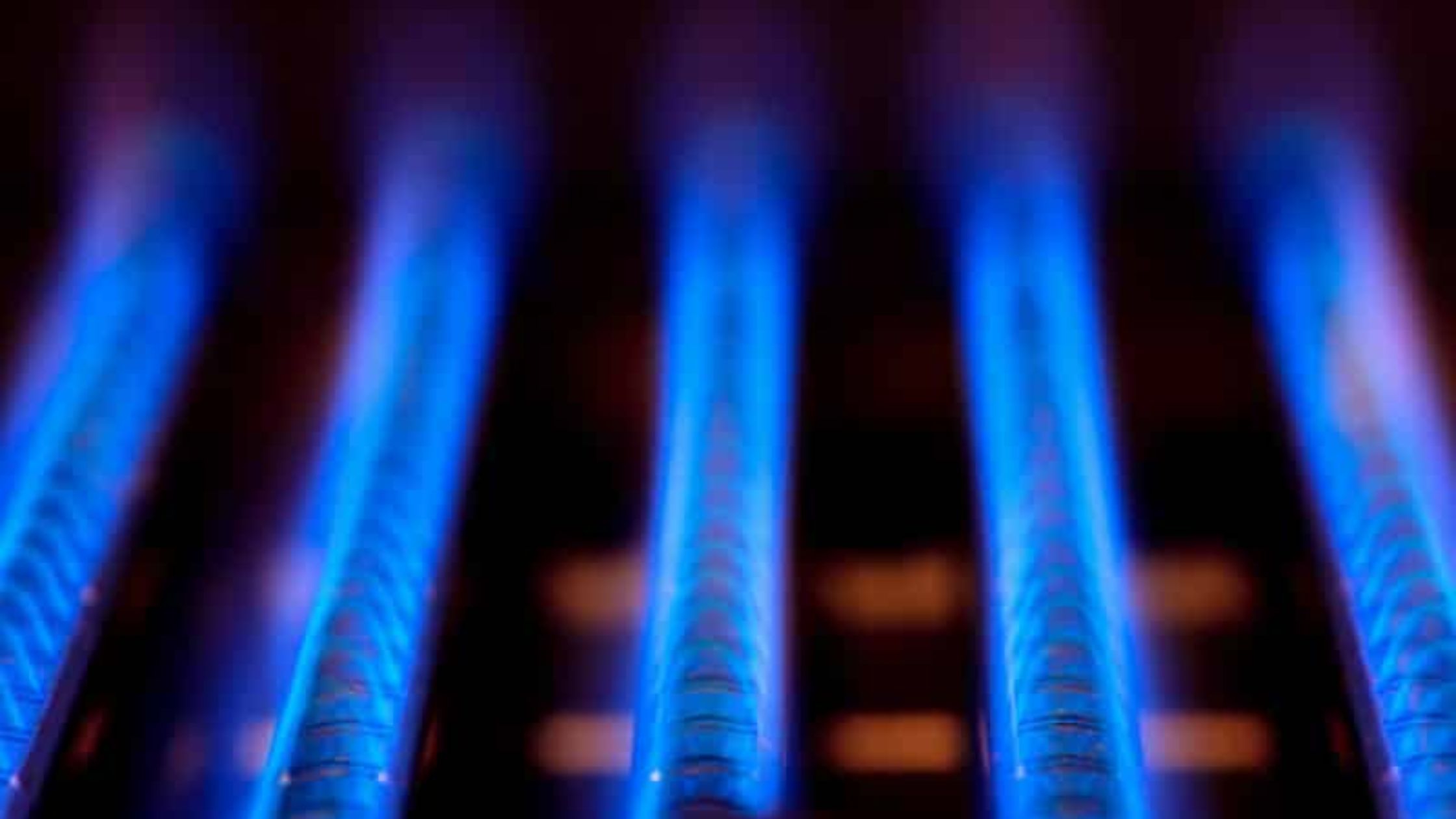
Look at the Burner Flames
Another reason for the malfunctioning of your furnace could be contaminated burners. Make sure that you inspect the burners regularly to ensure that they are free from dust and debris. Burners need to be clean and a way to ensure that they are not dirty is to look at the flames. If there is a blue and even flame that means that they are clean; but if they happen to be yellow, your burners are probably dirty.
Use a vacuum cleaner to clean your burners, but as a safety precaution, make sure that the power and the gas are turned off before you begin. Also make sure that you regularly clean the area surrounding the blower as it can accumulate dust during warmer months.
Oil the Furnace Blower
Oiling your furnace once a year is one of the furnace maintenance tasks you should do. Not only does it improve the efficiency of your heating system, keeping your furnace lubricated will extend the lifespan of your furnace.
To oil your furnace:
- Turn off the circuit breaker on the main electrical panel and then detach the screws that connect the furnace to the panel.
- Find the blower motor assembly, which is typically near the base of the furnace.
- Unscrew the bolts that secure the blower motor in the furnace, and then detach the bolts that are located beside the blower motor.
- Once you have done this, remove the motor and locate the oil ports on the motor. Then squeeze a few drops of oil on each port and reassemble the furnace.
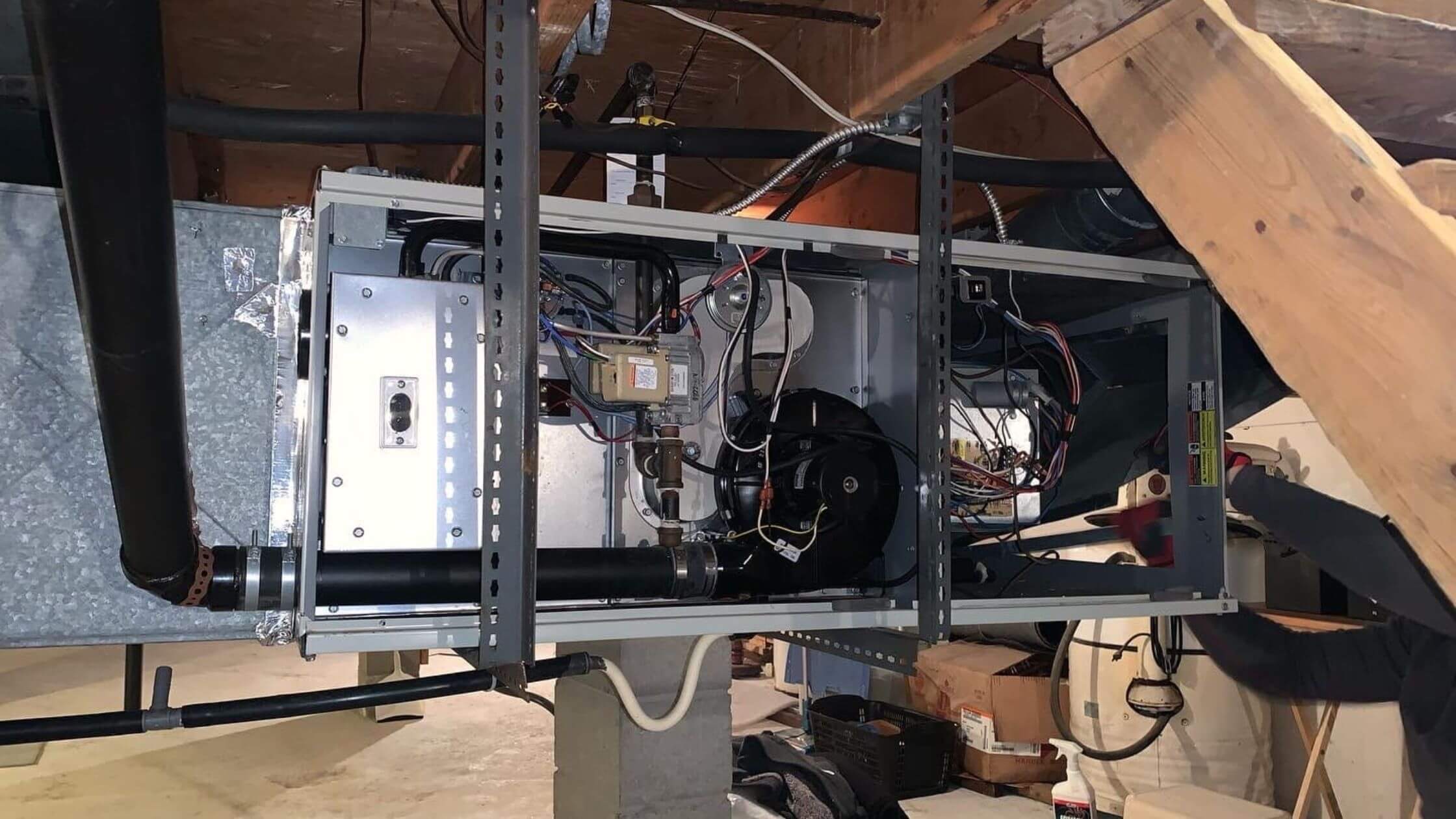
Check Your Limit Switch
A limit switch that is faulty can result in your blower continuously running. If the furnace keeps running will shorten the lifespan of the blower. This is one of the less complicated furnace issues to fix. Simply enlist the services of a technician to replace the limit switch, which should solve the problem.
Check Pilot Control/Electric Ignition
A furnace can either use a gas or electricity to function. An electric control means that your furnace does not need to have a constant flame to run. If there is a problem with the gas or electric ignition, the performance of your furnace will be affected.
To check to make sure that the pilot light is functioning properly, turn the furnace power off and then back on again to see if this resets the ignition. If it doesn’t, you may need to perform a more thorough inspection.
Turn the power and the gas to the furnace off in order to inspect the heating element. Without touching it, check to see if you see any signs of damage. If you do, the igniter will need to be replaced.
Check the manual for your furnace to see what the manufacturer’s instructions are to troubleshoot a faulty ignitor. If you follow through with all the steps and it still does not correct the problem, place a service call and have a technician who knows how to service a furnace troubleshoot it for you.
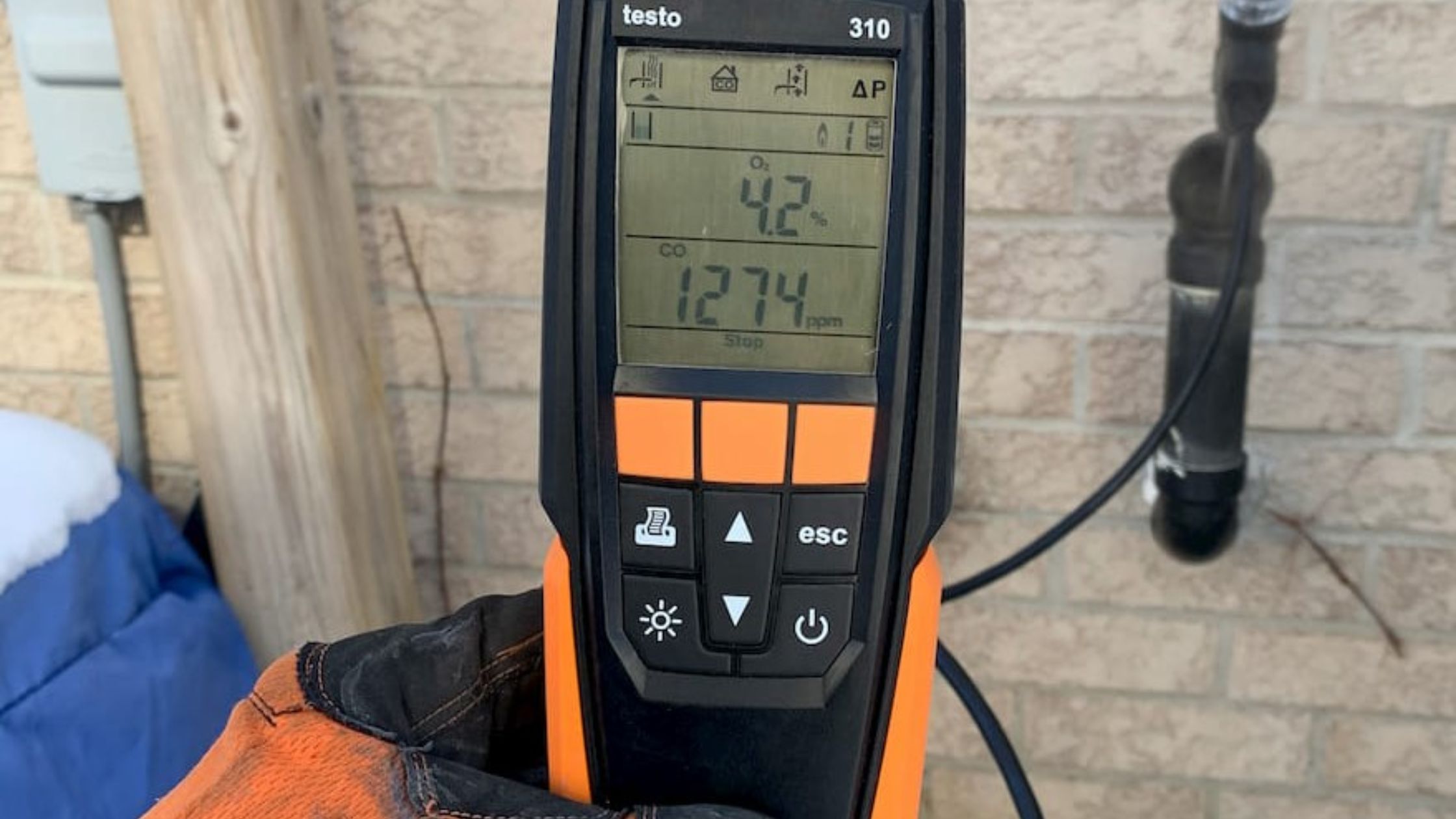
Heating Cycling Problems
If your furnace shuts off prematurely, it could indicate that the air filter is either worn out or dirty. If you have replaced the filter recently and you are still experiencing this problem, it could mean that there is a more serious issue that needs addressing like the blower motor and belts, which require the services of an expert who knows how to fix a furnace.
Noisy Furnace
Unusual sounds coming from your furnace could be a sign letting you know that there is trouble brewing somewhere. It could either be a clogged furnace burner, insufficient airflow or some other mechanical problem.
If you suspect the cause to be airflow issues, insulate your ductwork and this should help reduce the noise. But if the noise is coming from the furnace itself, check the pilot light to ensure that it is positioned properly. Also make sure that the blower motor has been lubricated.
RELATED ARTICLE: Furnace Humidifier – All You Need To Know
